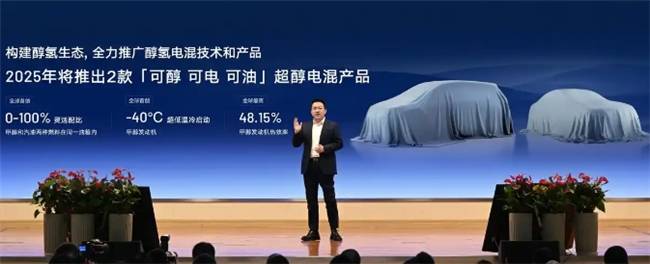
(Image source: Unsplash)
TMTPOST -- Although AI cannot solve scientific problems, it can break down the barriers between different disciplines and has the potential to disrupt basic scientific research, said Wang Jian, a member of the Chinese Academy of Engineering.
"AI is not a revolution in tools, but a tool for a scientific revolution," said Wang in a speech delivered at the "AI for Science" seminar on Wednesday during the World Internet Conference.
Wang started with the rapidly growing interest in AI large models, particularly the DeepSeek series. "Before the Spring Festival holiday, I recommended the Tongyi large model to a top scientist, who initially expressed doubts about its usefulness. However, after the holiday, he reached out with a renewed interest after seeing the immense potential of AI large models for scientific research," Wang said in Mandarin, as translated by AsianFin.
Ye Jieping, a Vice President of Alibaba Group, also emphasized the growing value of AI in research. He noted that compared to the last two decades, AI large models now offer unparalleled advantages throughout the scientific research process, marking a major shift in the way science is conducted.
Wang pointed out that, while generative AI is making significant strides, it doesn't yet fit within the traditional "paradigms" of scientific research. He referred to Jim Gray's "four paradigms" of scientific research, first proposed in 2007, which categorized scientific advancements into experimental, theoretical, computational, and data-driven research paradigms.
While AI is reshaping the landscape, Wang emphasized that it transcends these paradigms, especially as it introduces new ways of combining data, models, and computation based on the internet.
“The essence of generative AI lies in its ability to integrate data, models, and computation, and it should not be confined to the traditional boundaries of scientific research,” Wang said. “The future of AI for Science is ‘open science,’ where all research resources—datasets, model weights, methodologies—are shared and accessible."
This shift is a fundamental change from the software open-source movement of the past, which primarily focused on source code, said Wang. Now, in the era of large AI models, the true meaning of "open source" extends beyond software to include all scientific resources, creating an environment for collaborative innovation, he added.
Wang’s perspective is that while AI is still far from fully solving scientific problems, it has the potential to break down interdisciplinary silos and significantly accelerate breakthroughs in basic research.
Several experts echoed Wang's view. Sun Maosong, a professor at Tsinghua University, said that AI's role in scientific research should focus on identifying the most pressing problems within various fields and providing solutions, especially where high-quality data exists.
Sun Weijie, the CEO of TP Technology, noted that AI could drastically improve the accuracy of computational simulations and enhance productivity in laboratories, ultimately transforming research practices.
Ye also highlighted the company's leadership in AI for Science. Alibaba Cloud has supported numerous major scientific projects, including those with the Chinese Academy of Sciences and Fudan University. Ye stressed that as AI model capabilities advance, scientific research methodologies would undergo profound transformations, with AI playing an increasingly central role.
Looking ahead, Wang noted that the future of scientific research lies in the hands of individual creativity, not just access to resources. "AI for Science can unlock genuine innovation and technological breakthroughs, but its true significance lies in how we harness it for open, collaborative progress."










 京公网安备 11011402013531号
京公网安备 11011402013531号